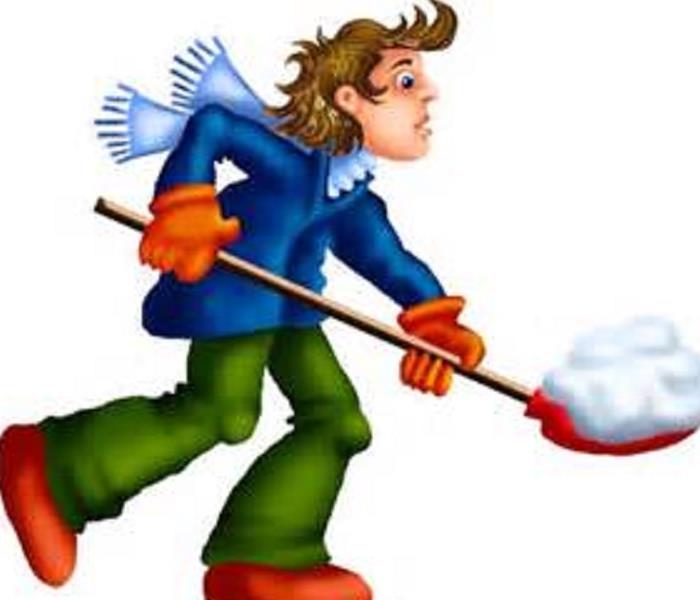Calling All Landlords: Be Sure Snow Removal is Done Right!
12/17/2014 (Permalink)
By Rosalie L. Donlon
Winter officially starts on Dec. 21, but many areas of the country have already dealt with several feet of snow and ice.
This kind weather can be especially troublesome for landlords. When those areas aren’t cleared well, the landlord may face claims from tenants who fall on slippery sidewalks.
For example, there was once a woman who worked in a building in Chicago that had stairs leading to its entrance. One winter morning on her way to work, the woman found that the stairway, normally wide enough to accommodate three people walking abreast, had only been shoveled in the center of the stairs, creating a path about the width of a shovel. The stairs also contained patches of impacted snow on the shoveled portions caused by other people walking on the stairs. Toward the sides of the stairway, in the unshoveled portions, the snow was about a foot deep. The woman slipped on the top step of the stairway, fell down the remaining steps and was injured.
In her lawsuit against the landlord of the building, the woman claimed that:
The court found that under Illinois law, the landlord owes no duty to the tenants to remove "natural accumulations of snow and ice from common areas, such as the stairway, that remain under its control." In this case, the court said, “Although no independent duty exists upon a landlord to shovel a natural accumulation of snow on his property, liability can arise from the negligent performance of a voluntary undertaking.” By voluntarily shoveling a path on the stairway, the landlord then obligated itself to clear the snow with reasonable care. The evidence showed that the handrail was inaccessible from the shoveled path, and the woman had slipped on the step on which snow had accumulated. According to the court, there was a question of fact whether an accessible handrail would have prevented the woman from falling or helped her when she did start to fall.
What’s a landlord to do? The obligation to clear sidewalks after a snowstorm and within a certain time limit—24 hours after the snow stops in some places—is regulated by local law in most cases. Commercial landlords and tenants should check the terms of their leases and be sure they’re clear on who is responsible for snow removal. If it’s your responsibility, be sure to do it right or face potential lawsuits from people who might slip.




 24/7 Emergency Service
24/7 Emergency Service
